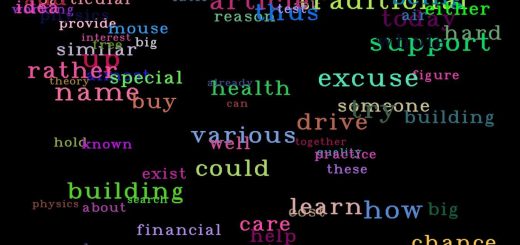Starlink satellites are leaking radio signals that may ruin astronomy
Our ability to study faint radio signals from when the first stars began to form is being threatened by SpaceX’s Starlink satellites, which seem to be unintentionally leaking radio signals that overpower astronomers’ telescopes
By Alex Wilkins
9 June 2025
A batch of Starlink satellites launched on a Falcon 9 rocket
SpaceX
SpaceX’s Starlink satellites are leaking radio waves to such an extent that it could threaten our ability to study and understand the early universe, say astronomers.
Interference from the thousands of Starlink satellites in orbit, where they provide a global internet service, has been a continuing concern for astronomers, who say that the radio emissions from the craft could affect sensitive telescopes that observe distant, and faint, radio sources. SpaceX has worked with astronomers to try to prevent this interference, by switching off their internet-transmitting beams when they fly over key telescopes, but it turns out that this isn’t enough.
Read more
The sun is killing off SpaceX's Starlink satellites
Steven Tingay at Curtin University in Australia and his colleagues have now tracked the signals from nearly 2000 Starlink satellites, using a prototype telescope from the Square Kilometre Array-Low observatory (SKA-Low) in Australia. This planned collection of more than 100,000 small, linked telescopes is currently under construction to study the early universe, but the researchers found that this goal could be threatened by Starlink signals affecting up to a third of the data taken at some frequencies.
They also found that the satellites were emitting signals at two frequency ranges that are protected for radio astronomy by the International Telecommunication Union (ITU), and so shouldn’t be used by Starlink. However, it is thought that these satellite transmissions are unintentional. The leaking emissions are 10,000 times stronger than faint radio signals from neutral hydrogen clouds that existed when the first stars began to form, signals that astronomers hope to observe in order to understand the early universe.
“If you look at the signal strength produced by these unintended emissions, it’s not unusual for them to be comparable to the brightest natural radio sources in the sky,” says Tingay. “It’s like taking the strongest sources in the sky and putting a bunch more artificial ones in the sky and making them move around a lot — that has a lot of impact, especially on experiments that seek to be ultra-sensitive.”


